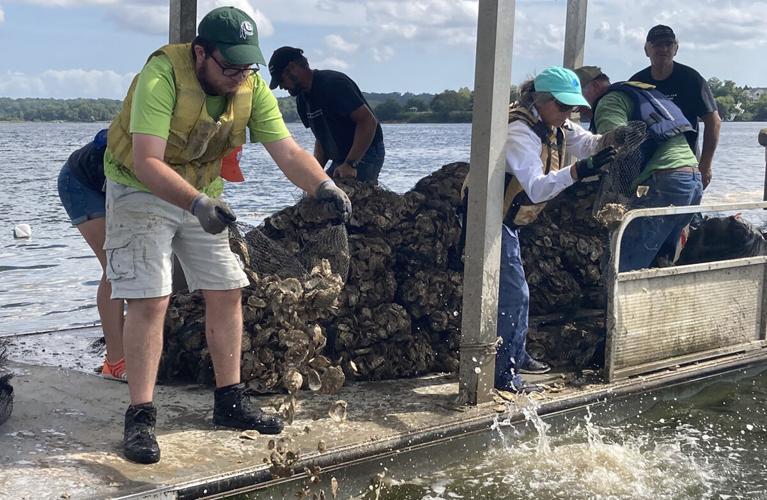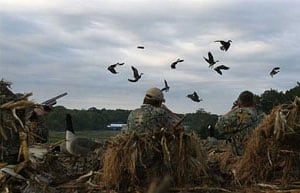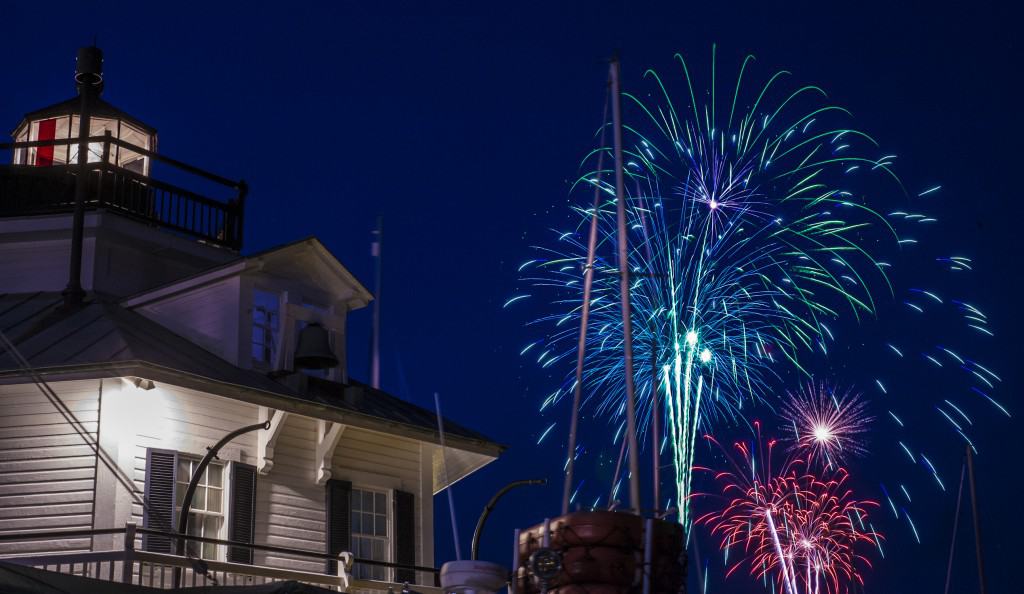By Timothy B. Wheeler, Bay Journal News Service
Some Southern Marylanders refuse to give up on bringing oysters back to their local waters. On Sept. 10, volunteers teamed up to plant an estimated 1 million juvenile oysters, or spat, on a sanctuary reef in Breton Bay, an offshoot of the Potomac River in St. Mary’s County.
Breton Bay once hosted a dozen shucking houses and seafood-processing businesses, but over the decades overfishing, pollution and disease took their toll. In 2018, the state Department of Natural Resources briefly considered Breton Bay as one of five Chesapeake Bay tributaries in Maryland to undergo large-scale reef restoration. But DNR dropped Breton Bay in favor of the Manokin River on the Eastern Shore after surveys found no oysters, living or dead, on Breton’s bottom.
Undeterred, the Friends of St. Clements Bay, a neighboring embayment, have plugged away the past several years, annually planting batches of oysters in the Breton sanctuary that about 45 waterfront residents have raised in cages tied to their docks.
This year, with the help of grants secured by the St. Mary’s River Watershed Association, they contracted with a local oyster farm, Shore Thing Shellfish, to produce a larger batch of spat from larvae spawned at the state’s Horn Point hatchery in Cambridge.
“We’ve got pretty decent survival,” said Liz Curtz, co-founder of the friends group.
With about half of the oysters planted earlier now old enough to spawn, the group started checking this year for signs of reproduction but hasn’t seen any yet.
“We probably need a lot more [oysters planted] before we see a sustainable reef,” Curtz said.
Fledgling as the effort is, she noted, it’s helping to rally public enthusiasm and support for restoring and protecting Breton Bay.
“When we mention oysters to people down here, their eyes light up,” she said. “There’s a tremendous amount of wishfulness for more fish, clean water, swimming — all the things that go with a healthy ecosystem.”




